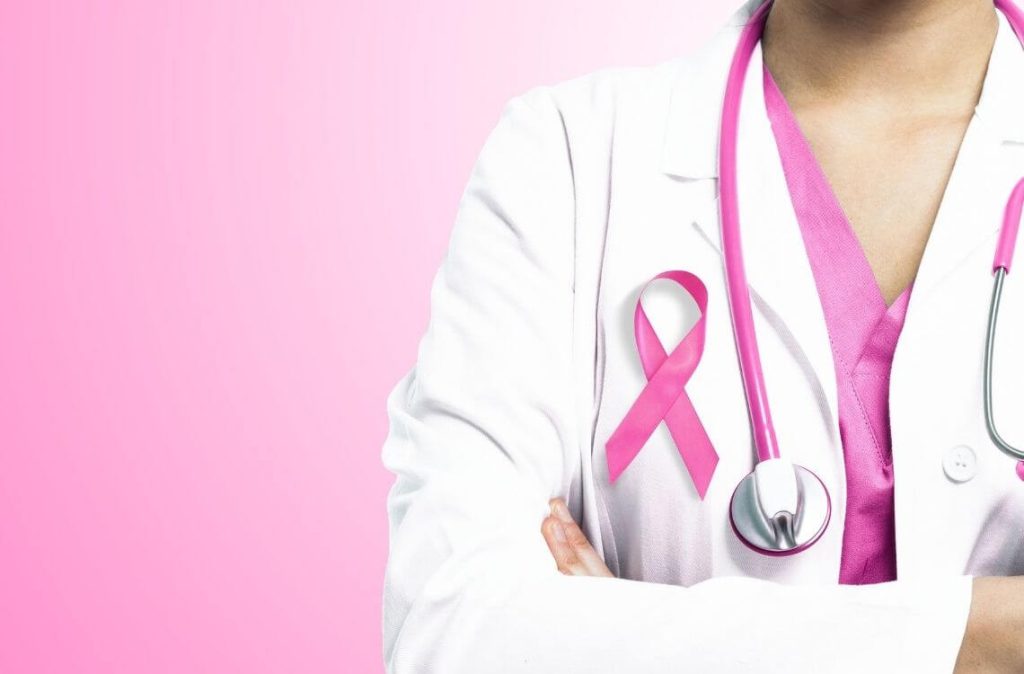Clogged milk ducts are a common occurrence in breastfeeding women.
Essentially, finding a lump in your breasts isn’t necessarily always a cause of concern. Breastfeeding comes with a variety of challenges, anxieties, and most significant of all, changes to your breasts. However, the occurrence of breast cancer from breastfeeding is actually very rare.
As the matter of fact, there is an array of types of lumps and breast changes that may form as you embark on your breastfeeding journey. But breast cancer very rarely originates from breastfeeding complications or lactating.
Feeling an irregularity within your breast tissue while breastfeeding can undoubtedly spark concern. While most of the time they are non-cancerous, some of these lumps may be signs of infections. Most of the time, these infections can either heal naturally or with appropriate treatment.
Therefore, knowing how to tell the difference between a clogged milk duct and a breast cancer lump can definitely help put your mind at ease. It may also save your life as symptoms of breast cancer often go unnoticed until it reaches a later stage.
Spotting the Difference Between Clogged Milk Ducts and Cancer Lumps
Clogged milk ducts take form in smaller sizes, as hard and tender nodules and lumps. It occurs when the milk flow within the breast does not drain properly and plugs up the milk ducts.
As a result, sometimes these lumps may be painful. Some women may find them red and swelling, or tender with pain.
The U.S Department of Agriculture’s Women, Infants, and Children Breastfeeding Support program describes the following factors causing clogged milk ducts:
- Breast engorgement.
- Breastfeeding only on one side preventing the other side from draining.
- Improper latch when breastfeeding.
- Infrequent or irregular breastfeeding.
- Tight-fitting bras or sports tops.
In most cases of clogged milk ducts, they tend to resolve naturally in a few days. The very act of emptying the breast by pumping and breastfeeding may oftentimes clear up the blockage.
This is why you may consider continuing breastfeeding your child when experiencing clogged milk ducts. If it’s not too painful, do start breastfeeding your child on the side of the clogged milk ducts.
Their latch and sucking may actually help with the blockage and milk flow within the ducts.
At the same time, some other measures you may try includes holding a warm compress against the affected area. Furthermore, you should also vary your breastfeeding positions to help improve the draining from the plugged ducts. Massaging from the chest down to the nipples prior to and after breastfeeding can also help soften up the nodules and lumps, improving milk flow.
However, don’t hesitate to reach out to a lactation consultant if your clogged duct does not improve after a few days. Even more so if it recurs! Unchanging lumps may also be non-cancerous or cancerous tumors, ought to be evaluated by a physician.
Mastitis or Cysts Instead of Cancer
Mastitis commonly affects breastfeeding women with symptoms extending beyond the lumps. It is caused by an infection through the breast. More specifically, a clogged milk duct tends to cause the skin to the nipples to crack. Bacteria entering through the cracked skin of the nipples may then lead to infections within the milk ducts. The clog itself could possibly grow infected when left untreated.
They may also form benign cysts, which are harmless grape-shaped lumps. They’re filled with fluids, tend to move around, and may or may not be painful. Regardless, these lumps should still be treated by a doctor to ensure an accurate diagnosis.
Lumps caused by mastitis are often described as painful. Its affected areas are commonly red and warm with daunting symptoms. The women may experience body aches, fatigue, fevers, chills, nausea, and flu-like symptoms.
Essentially though, having mastitis does not increase one’s risk for breast cancer. However, it does share similar inflammatory symptoms to breast cancer symptoms. This is a rare type of breast cancer, causing skin changes to the breasts.
Early Signs of Breast Cancer
Fortunately, the incidence of breast cancer occurring during breastfeeding is extremely rare. It affects only 3% of breastfeeding women, with younger women being less susceptible in comparison to older women. For example, Malaysia alone documented only 16.8% of women below the age of 40 suffering from breast cancer.
However, no women should overlook any symptoms of breast cancer. When it comes to breast cancer, the symptoms are not limited to just lumps. According to experts, some of the symptoms differing from clogged ducts are as below:
- Nipple discharge.
- Persisting pain in the breast after more than a few days.
- Changes in size, shape, and texture of the breast.
- Itchy sores and rash around the nipple and breast areas.
- Swelling, warm tenderness to the breast.
The changes to a woman’s breast due to cancer can also be associated with symptoms such as the pulling in of the nipples and overlying skin. Lymph nodes in one’s underarms may also remain engorged and firm.
When To Pay the Doctor A Visit
Causes for concern in the changes in your breast requires a visit especially when they:
- Don’t go away after about a week.
- Recur in the same place after treatment for a blocked duct.
- Keep growing in size.
- Are firm or hard.
- Cause dimpling of the skin, also known as peau d’orange.
The changes caused by lactation may make identifying cancer symptoms more tricky. Often, they may even seem like symptoms of cancer which is why it is always a safe idea to visit your GP the very second you notice any changes to your breast at all. Keep aware and stay healthy always!
For more insightful reads and fun recipes, stay tuned to Motherhood Story!
